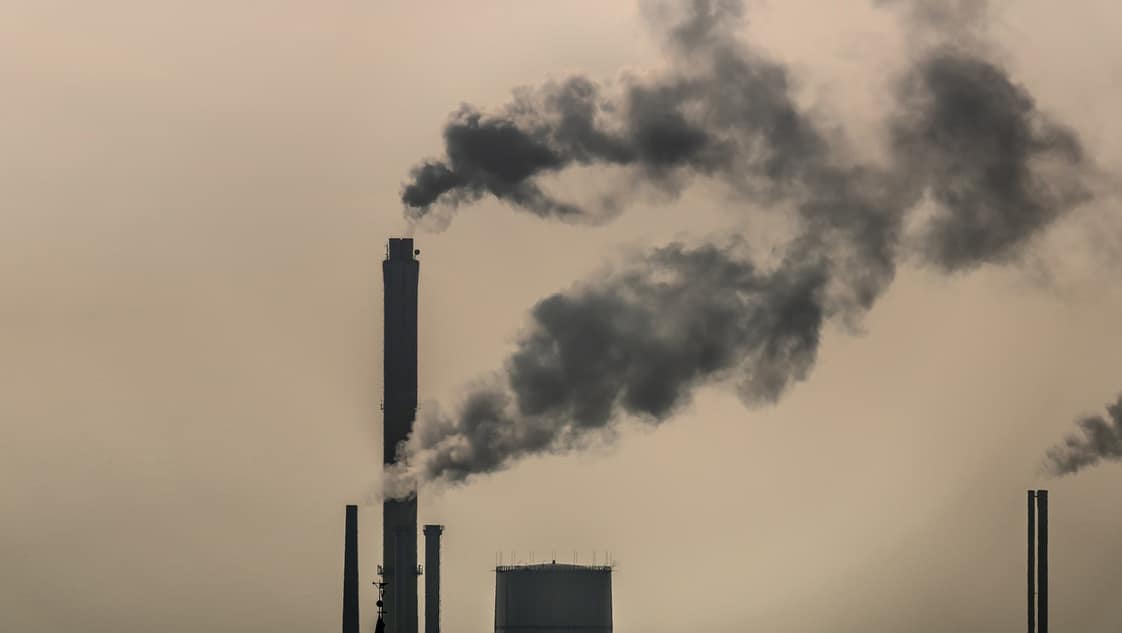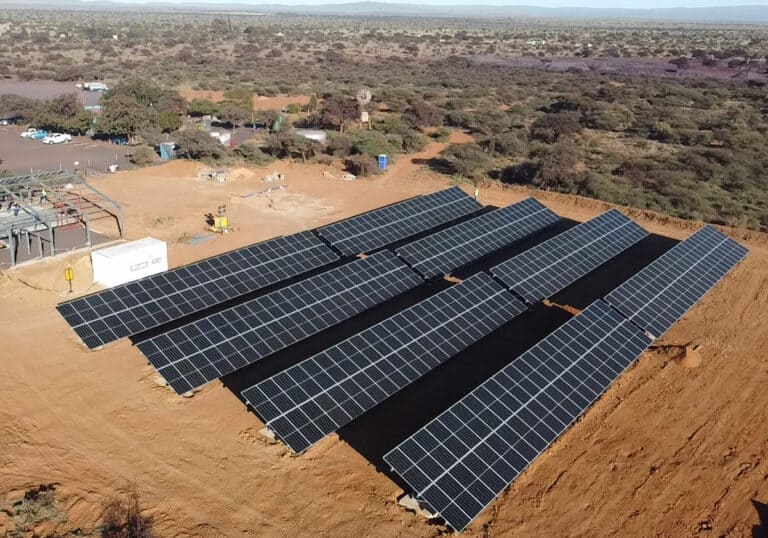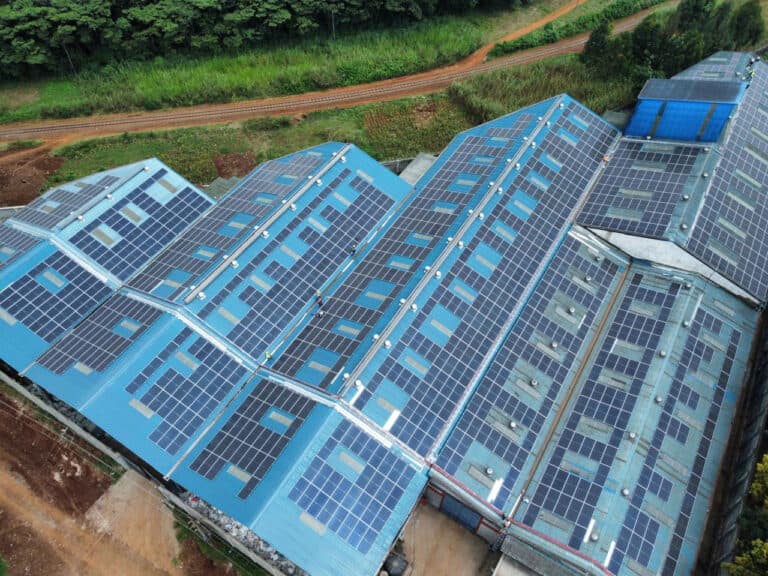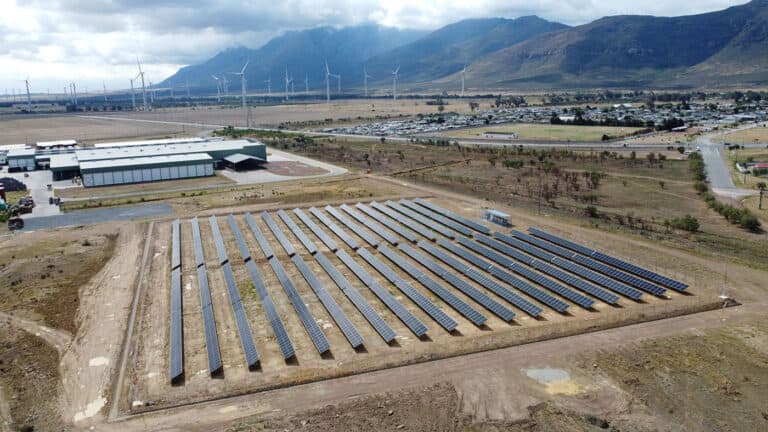The IRP 2019 is not the Energy Plan – it is a National Electricity Plan. It serves as the identification of the investments in the electricity sector that allows South Africa to meet the forecasted demand with the minimum cost to the country.
The IRP, or Integrated Resource Plan, promulgated in March 2011. It was developed to take into account government objectives towards affordable electricity: reduced greenhouse gas (GHG) emissions, reduced water consumption, diversified electricity generation sources, localisation and regional development.
Since then, a total of 18 000MW of new generation capacity has been committed, with a total of 9 564MW of coal power at Medupi and Kusile, 1 333MW of water pumped storage at Ingula, 6 422MW of renewable energy by independent power producers (IPPs), and 1 005MW of Open Cycle Gas Turbine peaking plants currently using diesel at Avon and Dedisa.
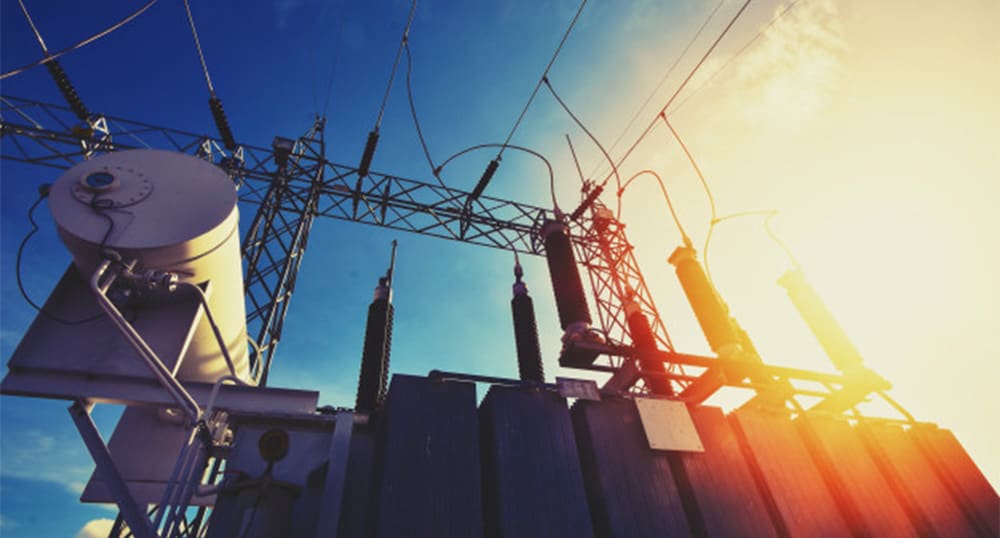
IRP2019
The IRP 2019 supports a diverse energy mix and sets out nine policy interventions to ensure the security of South Africa’s electricity supply. The IRP2019 has made an allocation of 6 000 MW of new generation capacity for large scale solar photovoltaic (PV) capacity and about 6 000 MW for embedded generation.
With the release of the plan, The South African Photovoltaic Industry Association (SAPVIA) has urged the various departments, namely the Minerals Resources and Energy (DMRE) and the Independent Power Producer’s Offices to expeditiously implement the Round 5 bidding window under the Renewable Energy Independent Power Producer Procurement Programme. This will aid in the rapid deployment of additional generating capacity, the need for which has been made apparent by the latest round of load-shedding by embattled state utility Eskom.
Renewable Energy, combined with storage, present an opportunity to produce distributed power closer to where demand is and to provide off-grid electricity to areas of the country desperately lacking. The IRP 2019 continues to make provision for significant rollout of renewable energy and storage. Eskom is already working on utility scale battery storage, which will allow for the assessment of the benefits to the power system as the energy mix is diversified.

Conclusion
SAPVIA has welcomed a statement from Cabinet, wherein it highlighted that the “IRP is a living document, which will be amended over time to reflect the realities of the energy sector”.
This is a pragmatic approach, SAPVIA said, if based on clear principles, and would, in time, result in an even larger future allocation to cheaper and easier-to-deploy renewable energy projects.


